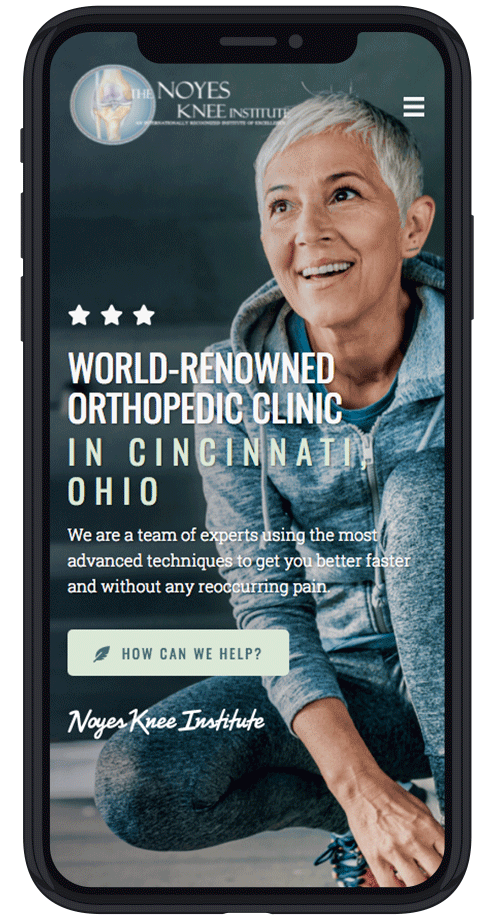Published On
Category
When you have a senior loved one who needs knee replacement surgery, you may understandably feel confused and concerned about the process. After all, having a knee replacement is a major undertaking for anyone of any age and can be especially worrisome for someone who is getting on in years.
Before you spend too much time panicking and worrying, get to know more about what you can do to help your loved one with their knee replacement surgery, both in the preparation process and in the aftercare process. Then you can better support and assist your senior loved one needing knee replacement surgery.
Encourage Them to Stay Active
The worst thing your senior loved one could do for their knee is to become completely inactive while they wait to get their knee replacement surgery done. Inactivity can cause the muscles in their legs to weaken and will actually take away much-needed support to the knee joint.
Encourage your loved one to stay as active as possible leading up to their surgery. Offer to go on walks with them, for example, or to go to the gym to use treadmills together. Whatever you can do to keep them moving and active will help to keep those surrounding muscles strong and supple, making the recovery process significantly easier.
Help Them Rearrange Their Home
After having knee replacement surgery, your senior loved one will need various assistive devices to help them get around the house. When they get home, they may have a combination of a wheelchair and a walker to deal with and navigate the house with. Alternatively, they may just have the walker to deal with.
Either way, a wheelchair and/or a walker will take up a great deal more space than the average person does. This means you need wider walkways and paths throughout the home. Otherwise, your loved one will be dealing with issues of running into things or not being able to fit in spaces at all.
Helping them rearrange ahead of time can save your loved one a lot of frustration and stress after they have had their surgery. It can also prevent them from bumping or jolting their knee and giving themselves an injury.
Remove Potential Tripping Hazards
Another way that you can help your loved one with their preparations for their knee replacement surgery is to remove or move potential tripping hazards out of the way in their home. Throw rugs are a big potential tripping hazard that most people do not think of in the home, for example.
The edges of throw rugs are easy to catch a walker or cane on and can catch the feet as well when your loved one cannot lift their legs very high off the ground after surgery. Other tripping hazards include clutter or coffee tables and end tables that are obstructive. Moving or removing these hazards can help to prevent falls when your loved one is healing from their knee replacement surgery.
Keep Them Motivated to Move After Surgery
Much like before the surgery, you will want to get your loved one motivated to move after surgery. The knee needs to heal properly, and in order to do so, your loved one needs to get up and moving. This means they need to walk around frequently, do physical therapy exercises to build strength and flexibility, and otherwise stretch and move the knee joint.
If they do not do so, scar tissue can develop and harden, making the knee joint permanently stiff and illformed. Try to get them motivated as much as possible. Suggest fun activities you can do together, offer to do their physical therapy with them, and otherwise do what you can to help them heal as well as possible.
Now that you know some of the ways you can help your loved one with their knee replacement surgery, get started today.

